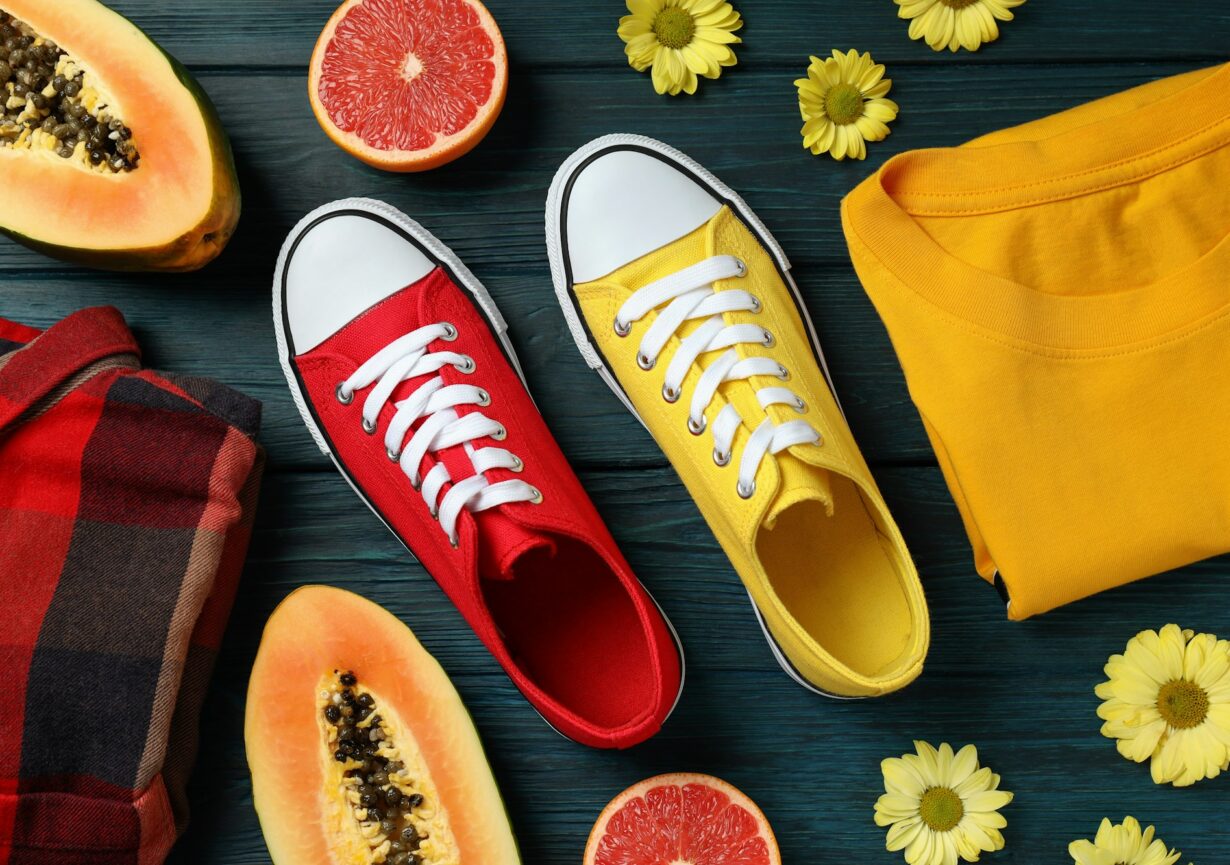Fashion is an ever-evolving realm, characterized by trends that originate on runways and often find their way into our everyday lives. While runway shows showcase extravagant designs that may seem unattainable, many of these high-fashion trends can be adapted for daily wear. This article explores how to bridge the gap between runway fashion and practical, everyday style, allowing individuals to express their personal flair while staying comfortable and chic.
1. Understanding the Essence of High Fashion
A. The Role of Runway Shows
Runway shows are the pinnacle of the fashion industry, where designers unveil their latest collections to set the tone for upcoming seasons. These shows are not just about showcasing clothing; they’re performances that convey a story, a mood, and an artistic vision. Designers experiment with silhouettes, fabrics, colors, and accessories to create pieces that challenge conventional ideas of beauty and style. However, the reality is that most of these creations are not meant for everyday wear, as they often feature exaggerated proportions, avant-garde designs, and high price points.
B. The Inspiration Behind High Fashion
High fashion serves as a source of inspiration for many aspects of daily life, including personal style, art, and even home décor. While some pieces may not be practical for regular wear, the essence of the trends can be distilled into more accessible forms. For example, a bold color palette or a specific fabric can inspire a new way to wear everyday clothing. Recognizing this inspiration is key to adapting runway trends for reality.
2. Key Trends from the Runway
A. Oversized Silhouettes
One of the most prominent trends in recent runway shows has been the embrace of oversized silhouettes. Designers have championed the idea that comfort and style can coexist. Oversized blazers, shirts, and trousers create an effortless, laid-back vibe that can easily be adapted for everyday wear.
How to Adapt:
To incorporate oversized silhouettes into your wardrobe, start with one key piece. For example, an oversized blazer can elevate a simple jeans-and-t-shirt outfit. Pair it with fitted bottoms to balance the proportions. Accessories such as a statement belt can help cinch the waist, adding definition and creating a polished look.
B. Bold Patterns and Prints
Runway collections often feature bold patterns and prints, ranging from floral to abstract designs. These vibrant patterns can seem daunting for everyday wear, but they can be infused into casual outfits with the right approach.
How to Adapt:
Start by incorporating bold prints through accessories like scarves, handbags, or shoes. If you’re feeling adventurous, try a printed dress or blouse, pairing it with solid-colored bottoms to ground the look. Mixing patterns is also a popular trend, so don’t shy away from combining different prints, but keep the colors cohesive to avoid overwhelming the outfit.
3. High-Impact Accessories
A. Statement Jewelry
Runway shows often showcase oversized jewelry, with pieces that serve as focal points of the outfit. Statement earrings, chunky necklaces, and bold rings can transform any ensemble from basic to extraordinary.
How to Adapt:
Incorporate statement jewelry into your everyday outfits by choosing one standout piece. For example, a pair of bold earrings can elevate a simple t-shirt and jeans combination. When accessorizing, remember to keep the rest of your outfit relatively simple to allow the jewelry to shine. Layering delicate necklaces can also add a trendy touch without overpowering your look.
B. Unique Footwear
Footwear trends from the runway can also be adapted for everyday use. From platform shoes to unique ankle boots, the right footwear can make a significant impact on an outfit.
How to Adapt:
Start with versatile pieces like ankle boots or chunky sneakers that can be worn with various outfits. Experiment with colors and textures that reflect runway trends while ensuring comfort. For instance, a pair of vibrant-colored sneakers can add a pop of excitement to a neutral outfit, making it more fashion-forward without sacrificing comfort.
4. Textures and Fabrics
A. Mixing Textures
High fashion often emphasizes the use of mixed textures, combining materials like silk, leather, and denim to create visually striking outfits. While this may seem daunting, mixing textures can add depth and interest to everyday looks.
How to Adapt:
Begin by selecting pieces in different textures, such as a leather jacket paired with a soft cotton tee and corduroy pants. Accessories can also play a role in texture mixing, such as a woven handbag with smooth leather shoes. Aim for a balance of textures to create a cohesive and stylish look.
B. Sustainable Fabrics
Sustainability is a growing trend in fashion, with many designers opting for eco-friendly materials. This shift towards sustainability not only makes fashion more ethical but also allows individuals to make conscientious choices in their wardrobes.
How to Adapt:
Seek out brands that prioritize sustainable fabrics, such as organic cotton, Tencel, or recycled materials. Incorporating these fabrics into your everyday outfits allows you to stay stylish while contributing to a more sustainable fashion industry. A classic organic cotton tee or a pair of recycled denim jeans can be versatile staples in your wardrobe.
5. Styling Techniques for Everyday Fashion
A. Layering
Layering is a powerful technique that can elevate any outfit. High fashion often showcases intricate layering styles, which can be translated into everyday wear for added warmth and visual interest.
How to Adapt:
Experiment with different layers, starting with a base layer such as a fitted top. Add a cardigan or jacket, followed by accessories like scarves or statement necklaces. Playing with lengths and proportions can create a dynamic look while allowing you to adapt your outfit to changing weather conditions.
B. Embracing Personal Style
Ultimately, fashion is about self-expression. While it’s easy to get caught up in trends, the most impactful outfits reflect your unique style. Embrace what resonates with you, and don’t be afraid to adapt runway trends in a way that feels authentic.
How to Adapt:
Take inspiration from high fashion but prioritize comfort and confidence. Create a mood board with looks that inspire you, identifying the elements that draw you in. When shopping, focus on pieces that resonate with your personality, allowing you to blend runway trends with your distinct aesthetic.
6. Conclusion
Adapting high fashion trends for everyday wear is an exciting journey that allows individuals to express their style while feeling comfortable and confident. By understanding the essence of high fashion, embracing key trends, and employing styling techniques, anyone can seamlessly incorporate runway-inspired looks into their daily wardrobes. Fashion should be fun and personal, reflecting who we are while allowing us to engage with the evolving world of style. Remember, it’s not about copying runway looks verbatim but rather finding ways to make them your own, creating a unique blend of high fashion and practicality that suits your lifestyle.


